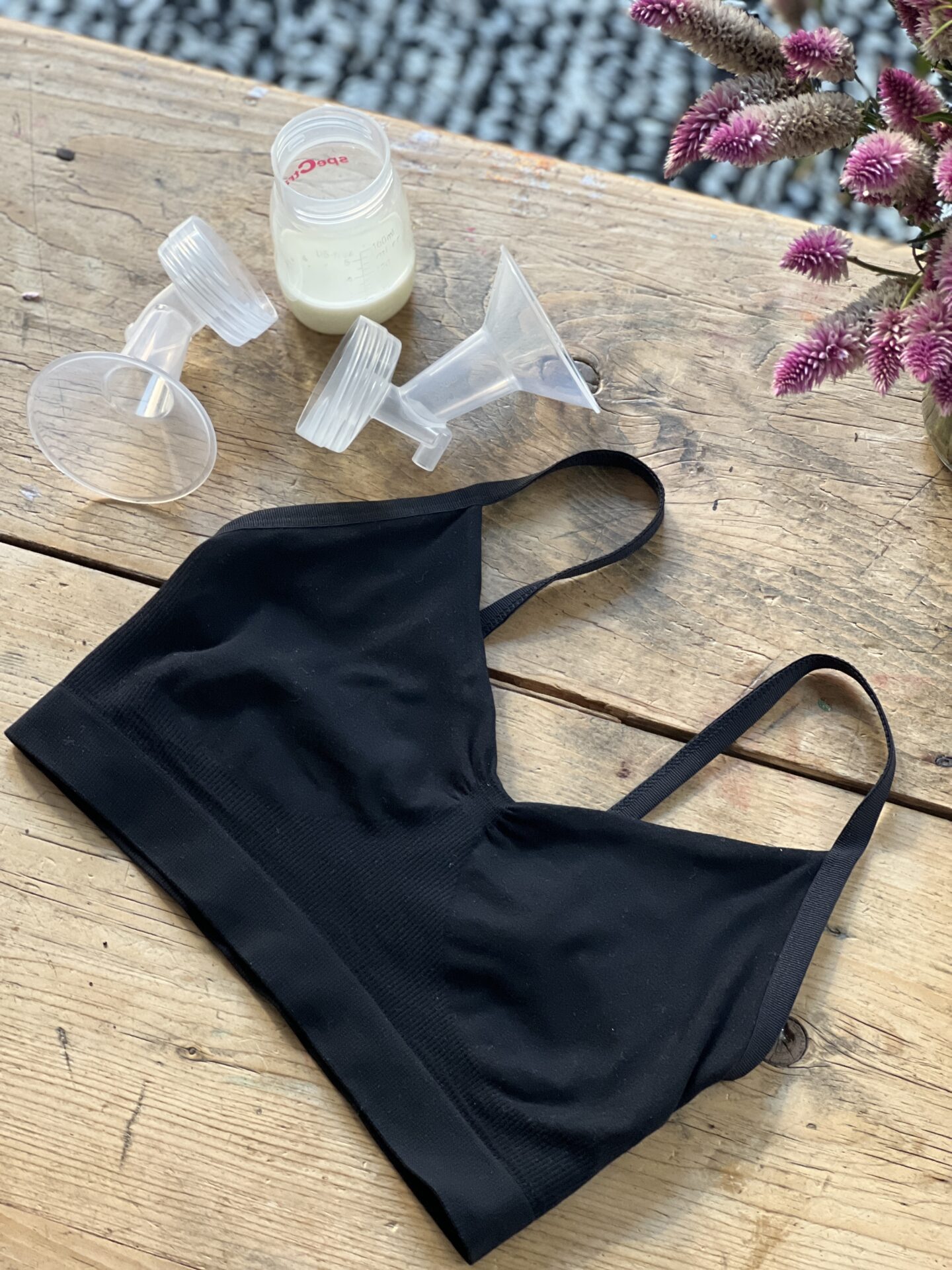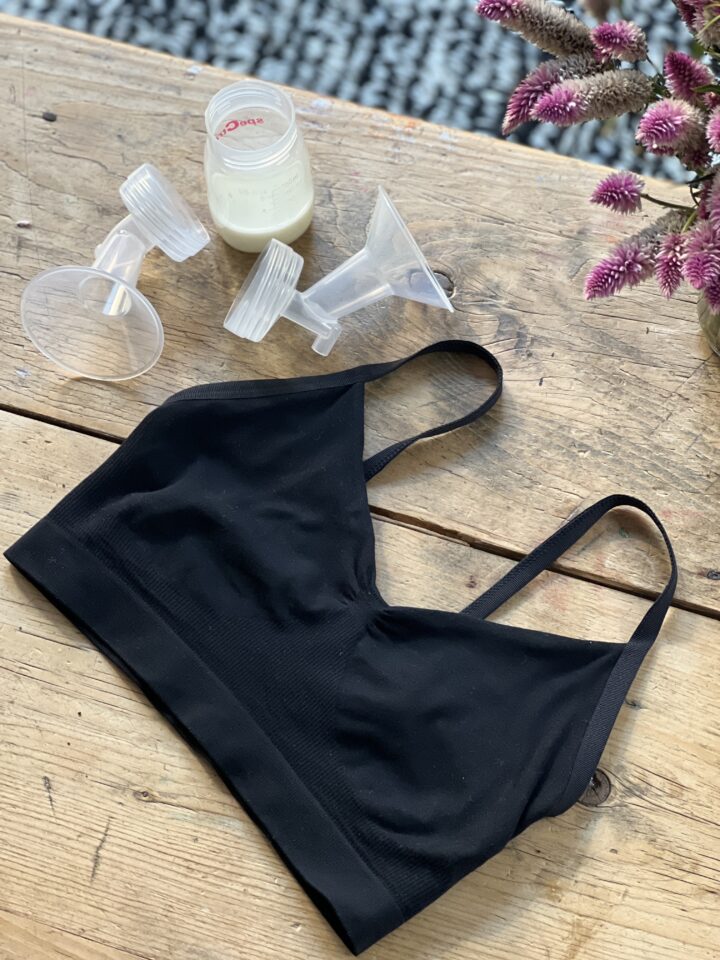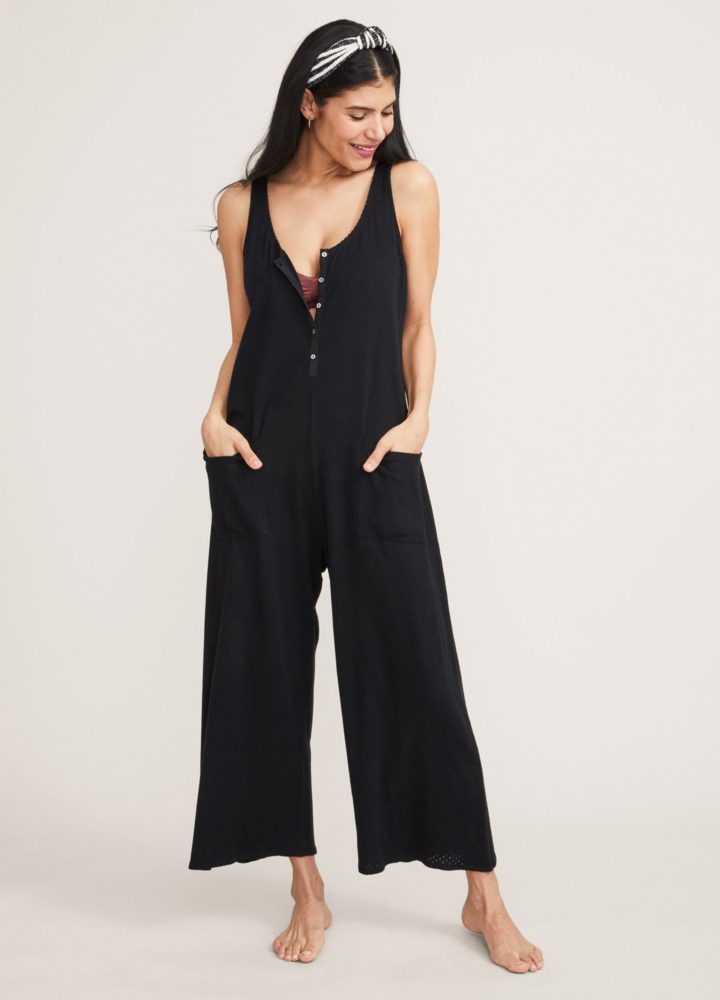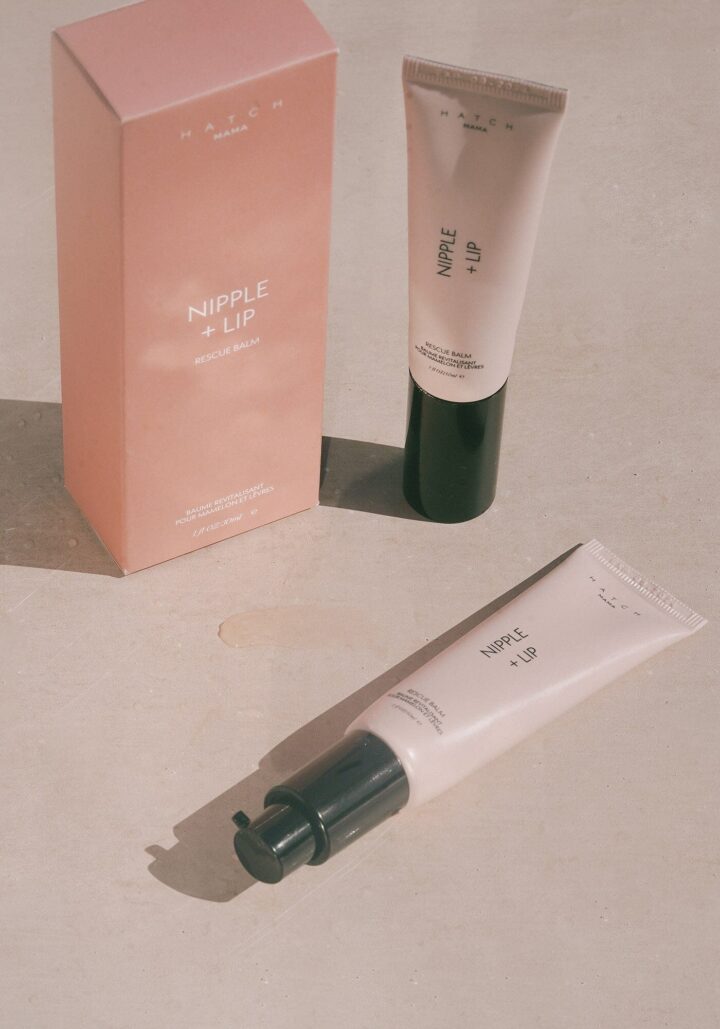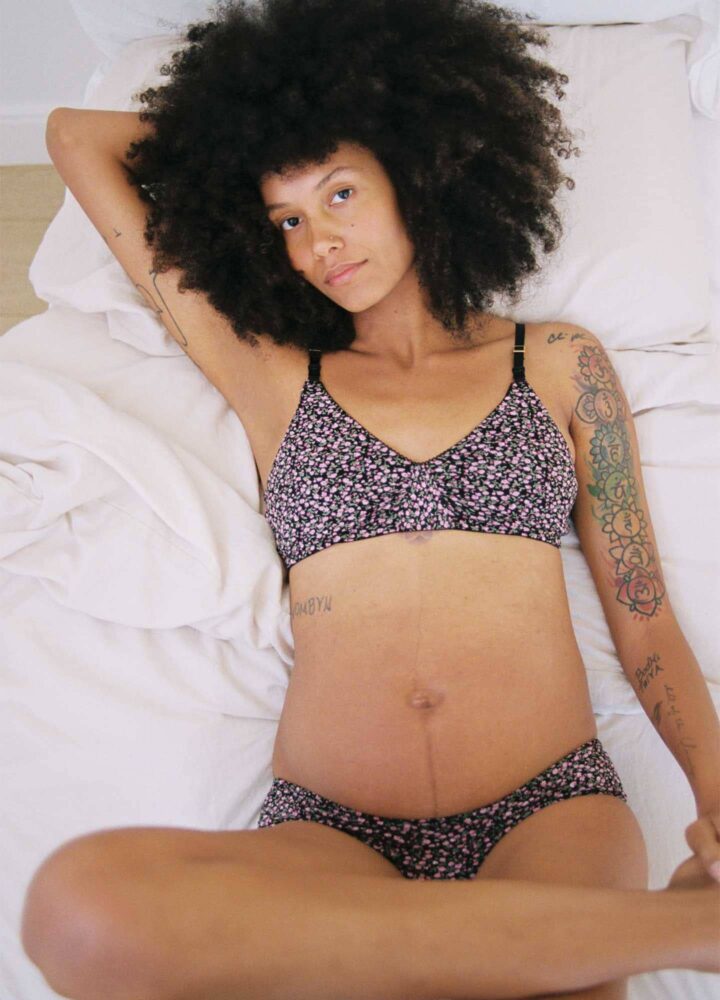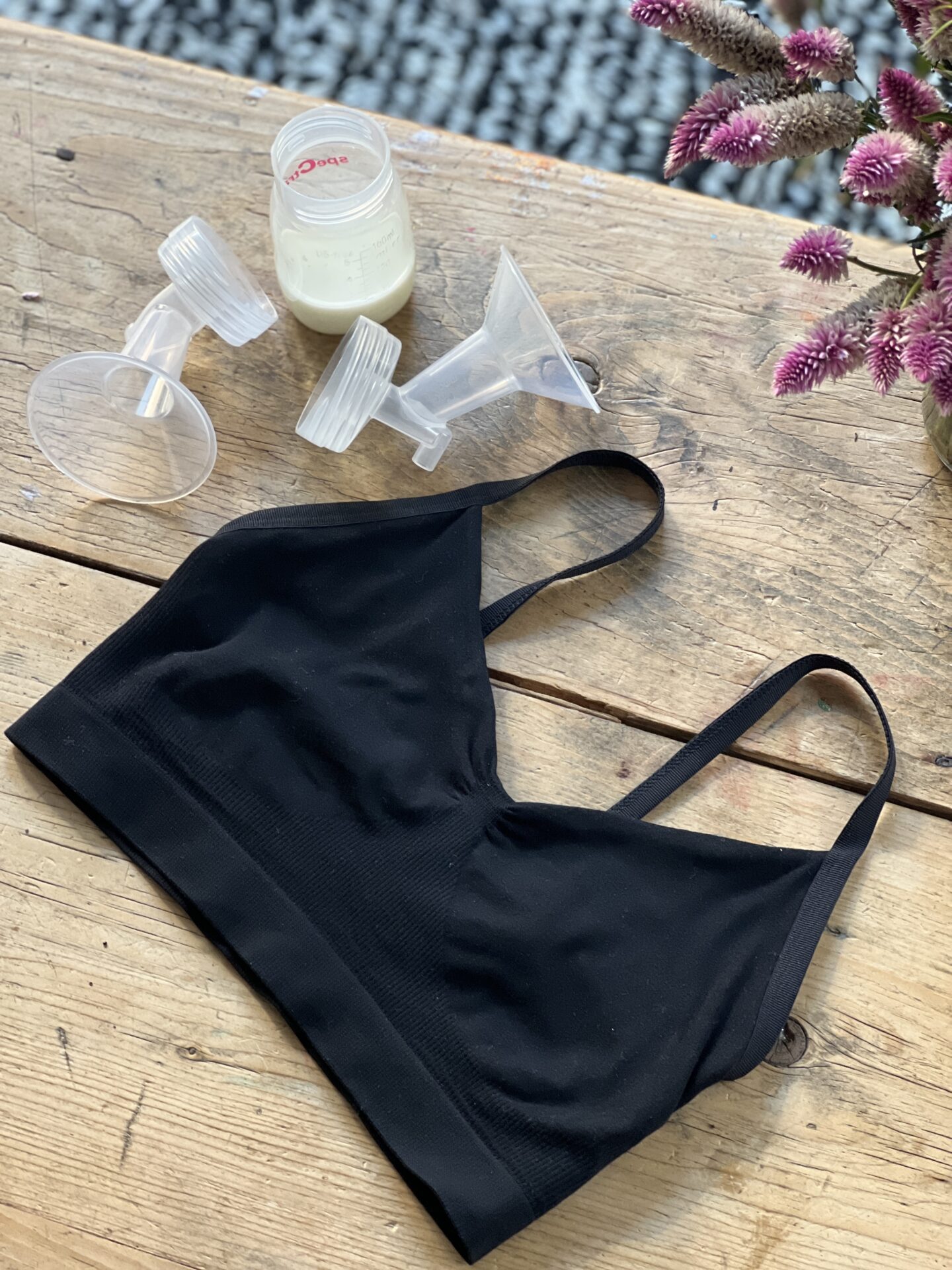If you’re reading this, it’s likely that you’re either breastfeeding, plan to be breastfeeding, or are just fascinated by the magic of motherhood. Whichever category you fall into, it’s worth knowing the different colors of breast milk and what they mean.
Yes, you heard that right — your liquid gold can take on various hues, and it’s totally okay. Through this article, we’ll unravel the colorful mysteries of your breast milk. So, strap in and prepare for a splash of color.
The Basics of Breast Milk
Before we dive into the rainbow, let’s get to know your breast milk a little better. If you thought it was simply a white (or slightly yellowish) fluid, prepare to have your mind blown.
Breast milk is a complex cocktail designed to feed and protect your little one. It is a blend of water, fats, proteins, vitamins, minerals, and even some warrior-like cells (the leukocytes) ready to battle any germs that dare threaten your baby.
The whole breastfeeding process is a beautifully orchestrated concert. Your hormones kick start lactation, your breasts synthesize milk, and voila — you’re a natural dairy factory!
But here’s where it gets interesting: your milk changes over time, adapting to your baby’s needs. It evolves from a thick, antibody-rich substance called colostrum to a perfectly balanced meal for your little munchkin.
Understanding Breast Milk Color
Now that we’ve covered the basics, let’s splash some color onto our canvas. Much like a chameleon, your breast milk color can change based on several factors, and these shifts are usually completely normal.
Yes, it might be a bit alarming if you pump and find your milk looking like a leprechaun’s brew on St. Patrick’s Day, but there’s no need to panic. Diet, medications, and even your lifestyle can influence the tint of your milk.
Don’t worry, mama — we’re here to hold your hand (virtually, of course) as we navigate through the wonderful world of breast milk color together. Up next, we’ll explore what these colors mean and when you might want to reach out to a healthcare professional.
The Color Palette of Breast Milk: What’s Normal and What’s Not
- Creamy white or yellow: This is the standard color most moms associate with breast milk. It may start as a golden yellow (colostrum) in the first few days post-birth, transitioning to a creamy white or pale yellow as mature milk comes in.
- Blue: This bluish tint usually indicates a higher concentration of foremilk — the first milk your baby gets during a feeding, which is usually lower in fat and higher in lactose.
- Green: Seeing green? Don’t fret! Greenish milk may be related to your diet. Consuming lots of green foods (hello, kale smoothies) can lend a green hue to your milk.
- Pink or red: If you notice a strawberry milkshake-like color, it might be due to a small amount of blood from cracked nipples. While it looks scary, it’s usually safe for your baby. However, if this persists, definitely reach out to your healthcare provider.
- Orange: Orange-tinted milk can result from consuming foods like carrots or pumpkins.
Remember, the color of your breast milk doesn’t affect its nutritional value or safety (unless it’s due to a bacterial infection, which is rare). When in doubt, though, always consult your healthcare provider.
The Evolution of Breastmilk
Immediately after birth, your milk takes on a golden hue and is known as colostrum. This early milk is packed with antibodies and is perfect for your newborn’s tiny tummy. After a few days, it transforms into transitional milk, a mix of colostrum and mature milk, usually creamier and whiter.
Finally, about two weeks postpartum, you’ve reached mature milk — this milk will typically be white or off-white, maybe with a hint of blue or yellow. It’s the magic potion designed to meet your baby’s growing needs.
When To Seek Medical Advice
While breast milk can show up in a myriad of colors, certain hues could signal a need for medical attention. For instance, if your milk appears brown, rusty, or pink persistently, it could be due to blood — a condition called rusty pipe syndrome, which typically resolves on its own but is worth discussing with a healthcare professional.
Also, if your milk looks chunky or lumpy (like curdled milk) or has a foul smell, it could indicate a bacterial infection, and you should consult your healthcare provider immediately.
Unmasking the Truth About Breast Milk Color
Let’s debunk a few myths together. Despite popular belief, color does not indicate the freshness or nutritional content of your breast milk. A colorful palette doesn’t mean your milk is spoiled or that your baby is getting less nutrition.
As touched on previously, the color variations simply reflect your diet, hydration level, or even the time of the day. Your body is a master mixologist, providing your baby with exactly what they need, even if it seems like you’re serving up Skittles.
FAQs About Breast Milk Color
- Why does my breast milk change color? Breast milk color changes based on factors such as diet, medications, time of day, or stage of lactation.
- Is it safe for my baby to drink green/blue/orange breast milk? Yes, color changes due to diet are completely safe for your baby.
- Why does my breast milk look different from other mothers? Every mother is unique, and so is her milk. The color of your milk can depend on your diet, lifestyle, and even the time of the day.
Expert Tips for Successful Breastfeeding
Breastfeeding is a journey with unique challenges and victories. Here are some expert tips to help you navigate this rewarding path:
- Stay hydrated: Keep a water bottle handy at all times. Breastfeeding can make you thirsty!
- Eat a balanced diet: Your diet can affect your milk’s composition. Ensure you’re consuming a mix of proteins, carbohydrates, and healthy fats.
- Nurse on demand: Feed your baby whenever they seem hungry. This will ensure a steady milk supply.
- Take care of your nipples: Use a nipple moisturizer like our Nipple + Lip Rescue Balm to soothe sore or cracked nipples.
The Biggest Tip of All: Wear Supportive Clothing
Find a nursing position that’s comfortable for you and your baby. A good nursing pillow can be a lifesaver — but you know what else can significantly enhance your comfort and convenience? The right nursing wear! Our Essential Nursing and Pumping Bra, for instance, is an absolute game-changer.
Designed with a seamless, finely ribbed modal blend, it is specifically crafted for your evolving body. It features a nursing clasp, adjustable straps, and a pull-down design for seamless feeds. Plus, the front fabric overlap opens to discreet slits for pumping.
Free of harmful chemicals and incredibly comfortable, it’s the nursing bra your wardrobe (and your breasts) have been waiting for.
The Rainbow Connection: Wrapping it All Up
The wonderful world of breast milk can surprise you with its spectrum of colors, but remember — these changes are often harmless and merely a testament to your body’s remarkable adaptability. Whatever your milk looks like, it’s all part of the extraordinary journey of motherhood.
Ready to explore more wonders of motherhood? Check out Babe by Hatch Collection, your trusted source for essential resources and support on this incredible journey.
Sources:
